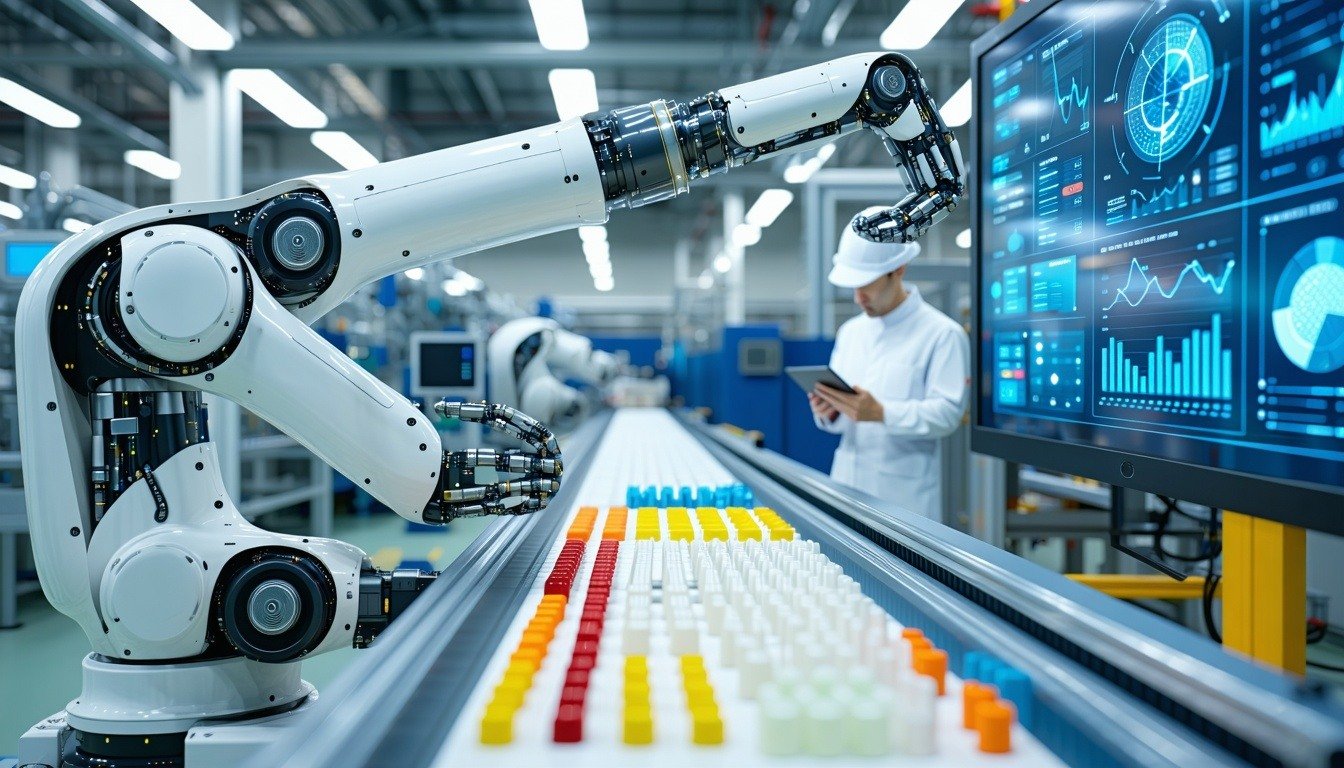Supply chains are normally not on the average person’s mind. But they are now. The shortages and delays on delivery that have resulted from disruption in the supply chain have made it an area of concern for all. With a new year underway, the question is: What’s in store for the supply chain in 2022?
The analysts at ABI Research answered that question in our new whitepaper, 70 Technology Trends That Will—and Will Not—Shape 2022. The bad news is that shortages will persist, which will hold back a wide range of businesses, most notably the automotive industry. The good news is that businesses will accelerate digital transformation, putting them in a better position to deal with supply chain disruptions in the future.
So Much Depends on Semiconductors
The aspect of the supply chain that has gained the most attention is the semiconductor shortage. A combination of factors will take until 2023 to resolve shortage issues through additional capacity, verification of real demand (versus double and triple orders from panic buying), and the impact of inflation on consumer spending on products.
It remains a challenge to bring new fab capacity online, on time, especially for tight engineering specified automotive and commercial vehicles. Social, political, and COVID-19 issues all contribute to the risk factors affecting staffing of facilities and transportation of finished goods and semiconductor supplies.
Chain Reaction
Semiconductors are not the only thing in short supply. The pandemic has disrupted every aspect of the global supply chain. Consequently, we are now experiencing a shortage of products across a wide range of categories, including medical equipment, electronic items, apparel, and a variety of consumer-packaged goods.
These shortages are not only caused by production delays but also by shortages in other products that are essential for transporting the finished goods, including packaging and shipping. Even items that have made it out on cargo ships have not been able to make it through to warehouses due to port congestion.
Scarcity has been exacerbated by keeping inventories down to a minimum to contain costs and gain the efficiencies promised by the Just-In-Time (JIT) manufacturing approach that prevailed for decades. As a result, manufacturers found themselves unable to continue production when their supply chains were disrupted. Without a cushion of excess inventory, manufacturing stalled. We will still feel the effects of that dip far into 2022, particularly in the automotive industry.
Outlook for the Automotive Industry
The broken link in the automotive supply chain caused by the semiconductor shortage will not be completely repaired in the early part of next year. The decision automakers made in 2020 to cancel their existing semiconductor orders will extend at least to 2023. Consequently, the automotive industry is expected to exhibit nearly no growth at the beginning of 2022, following the global growth of a mere 1.3% in 2021.
While the pandemic and other cataclysmic events are the obvious, immediate cause, outmoded practices deserve blame, too. The industry has retained outdated semiconductor process technologies with limited production capacity, proprietary designs, and an opaque demand-signaling process for years. The upside of the current shortage is that it has served as a wake-up call for the industry that will result in a change for the better.
The Silver Lining
One of the positive forecasts ABI Research has for 2022 is the acceleration of the digitized supply chain transformation. Now that the necessity for investing in digitization can no longer be ignored, businesses that have not made it a priority before are compelled to finally commit to making it happen.
The global supply chain disruptions drove the point home that it is essential to not just be able to react but to adapt to change on the fly to succeed. Business executives now realize that disruptions can occur and that they need to get digital solutions in place to gain end-to-end visibility and render their supply chains more agile and resilient.
For a more informed start to 2022, be sure to read the rest of ABI Research’s technology trends for the year by downloading the whitepaper, 70 Technology Trends That Will—and Will Not—Shape 2022.




